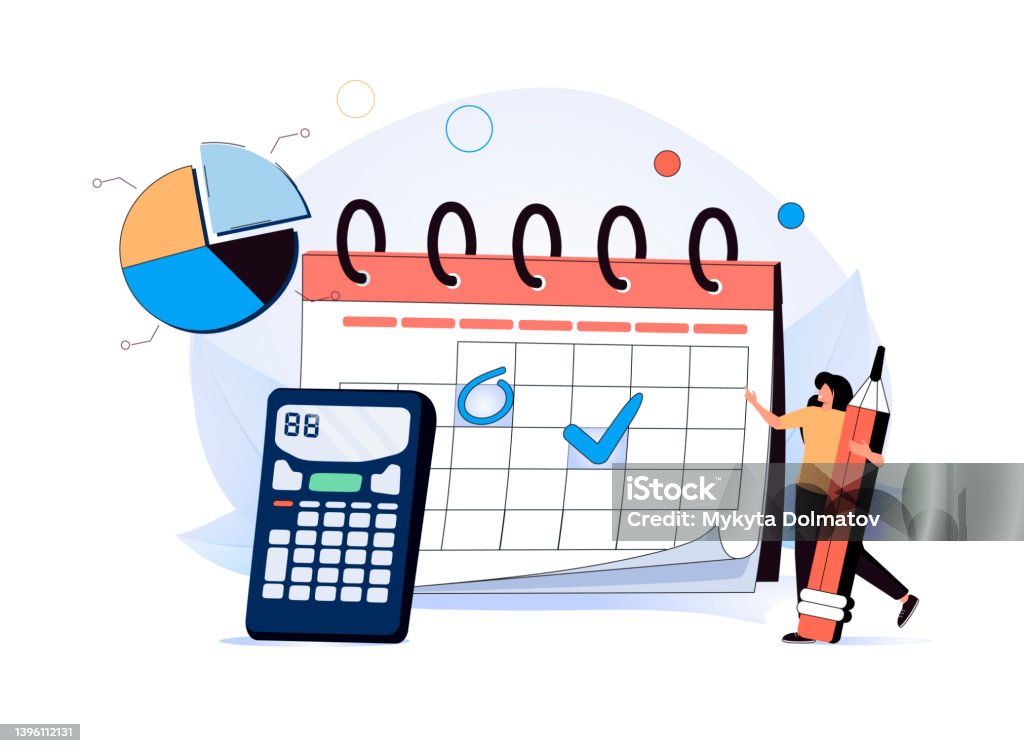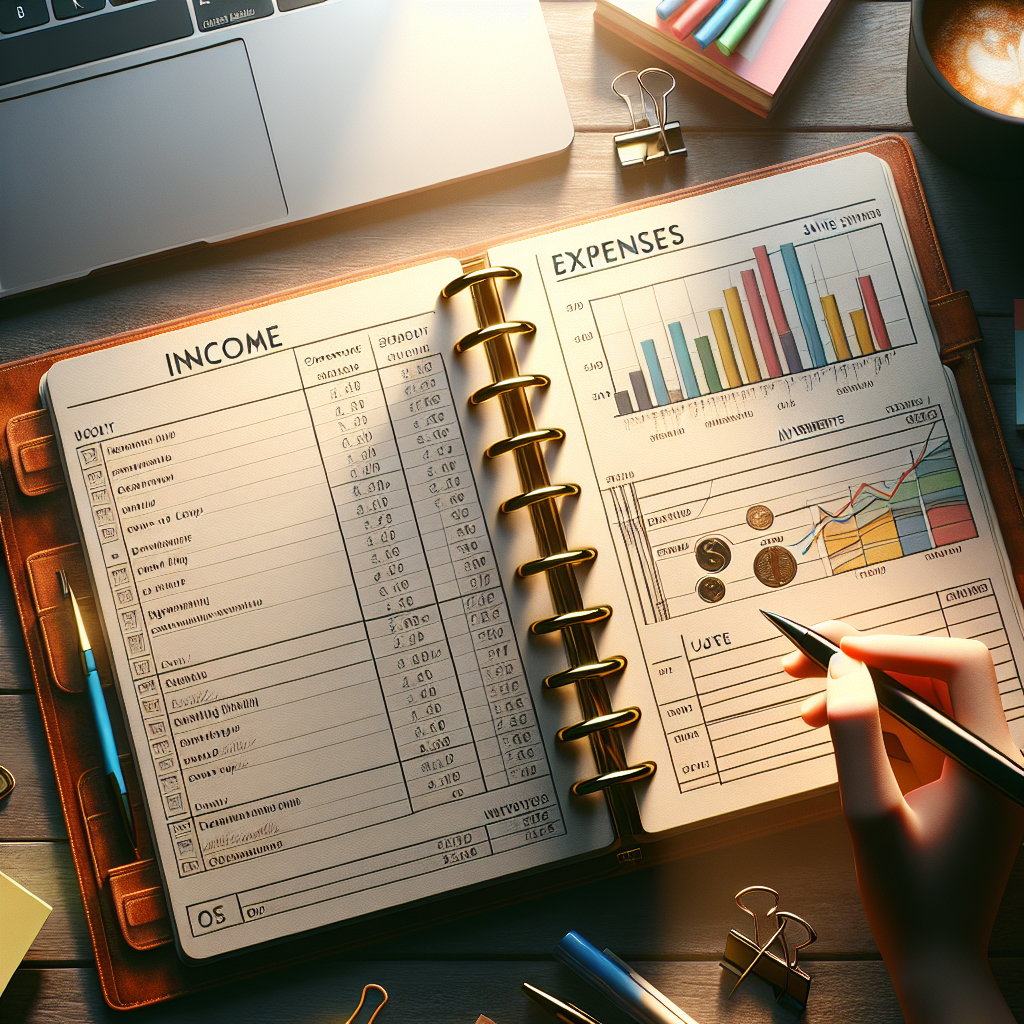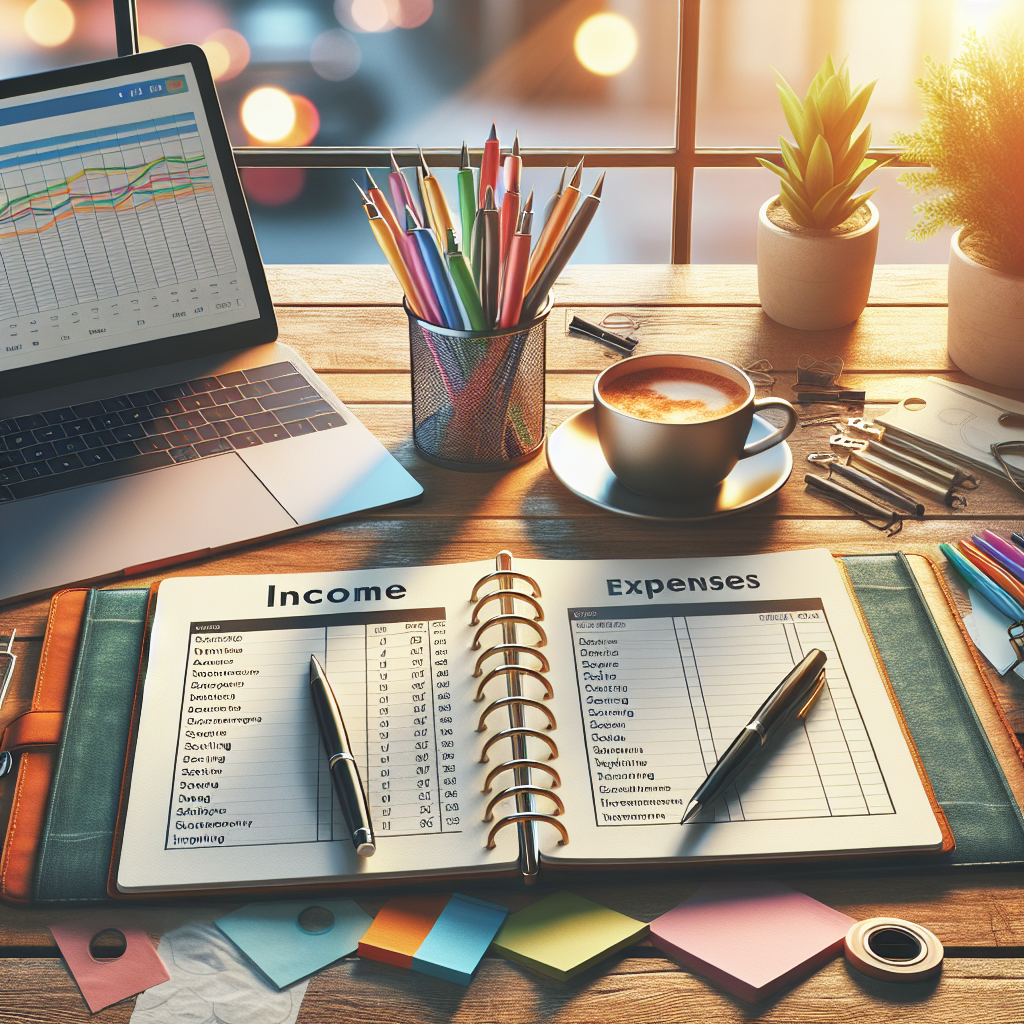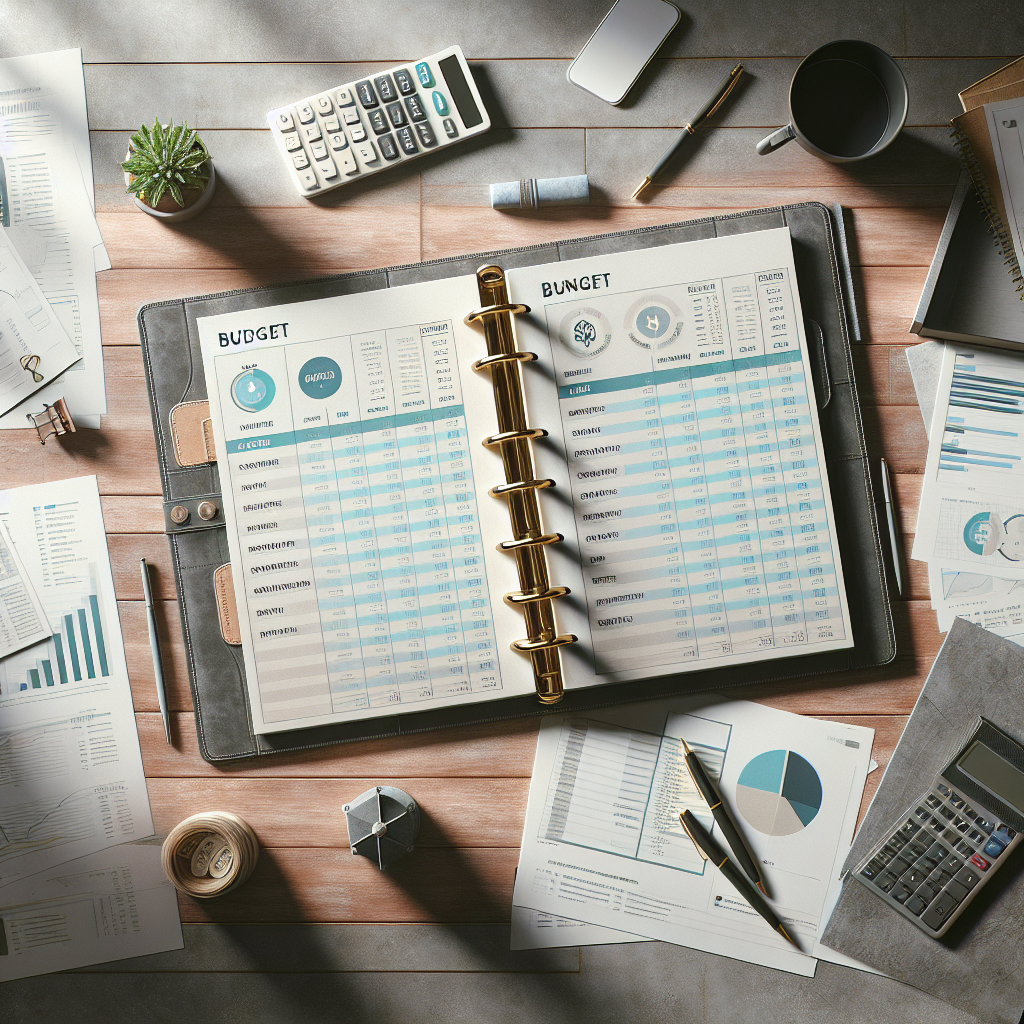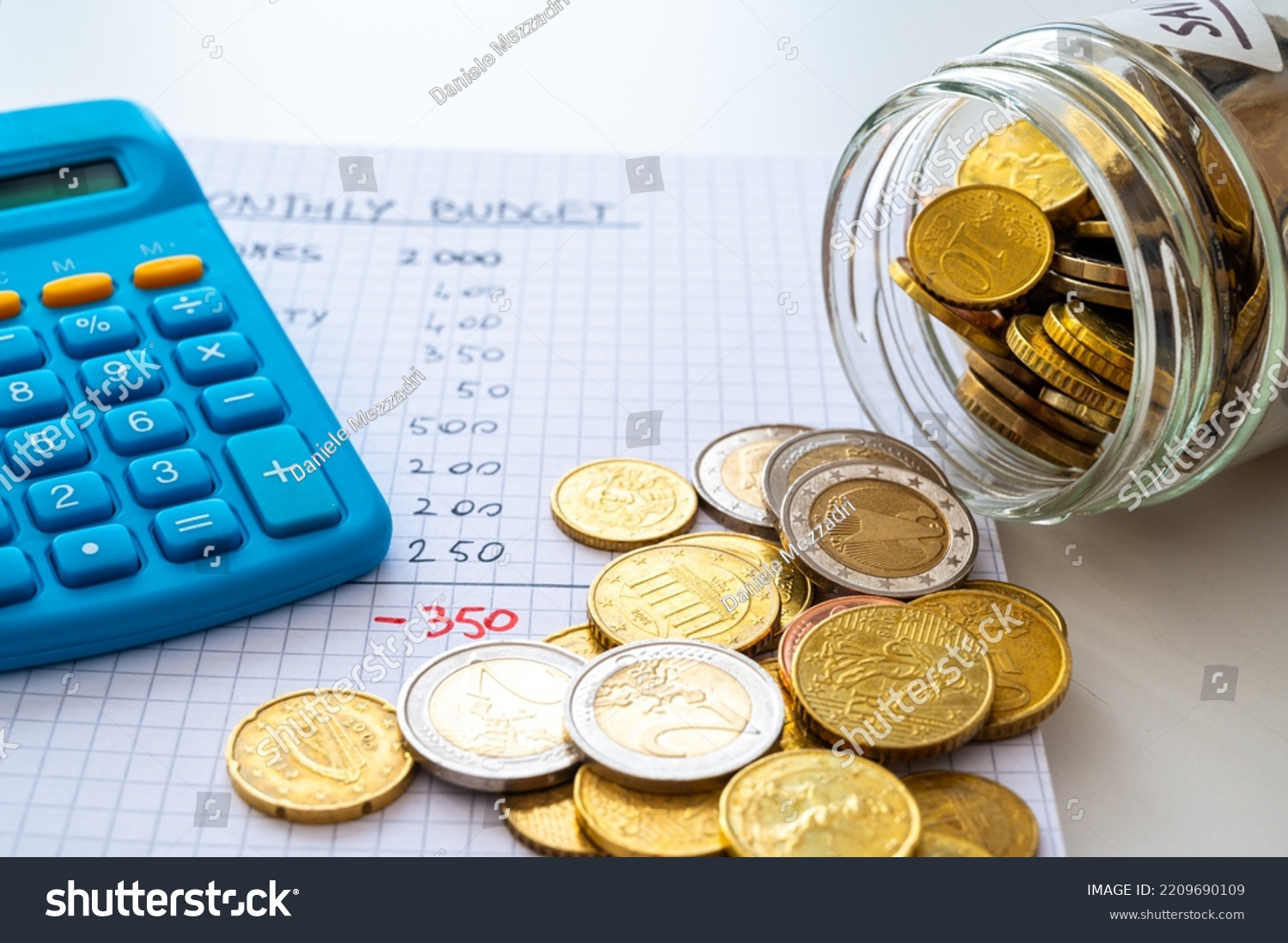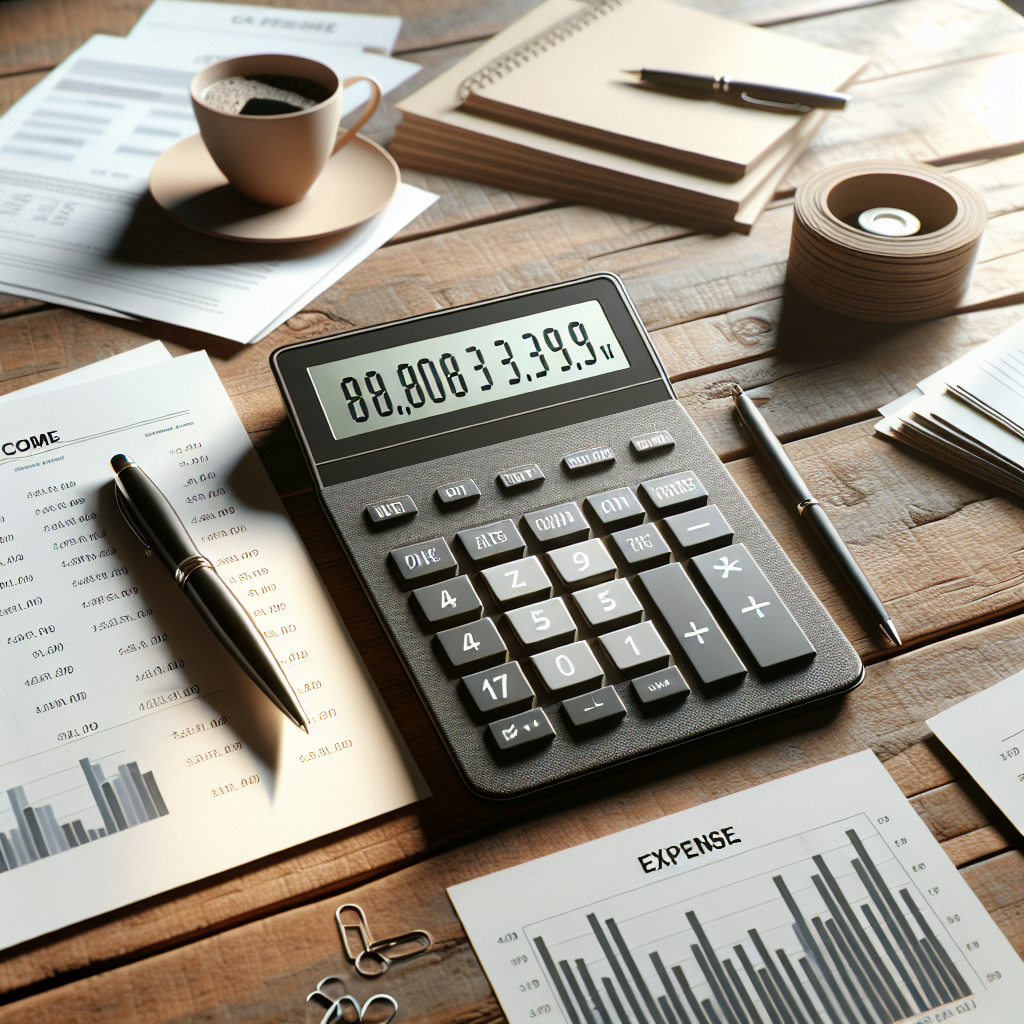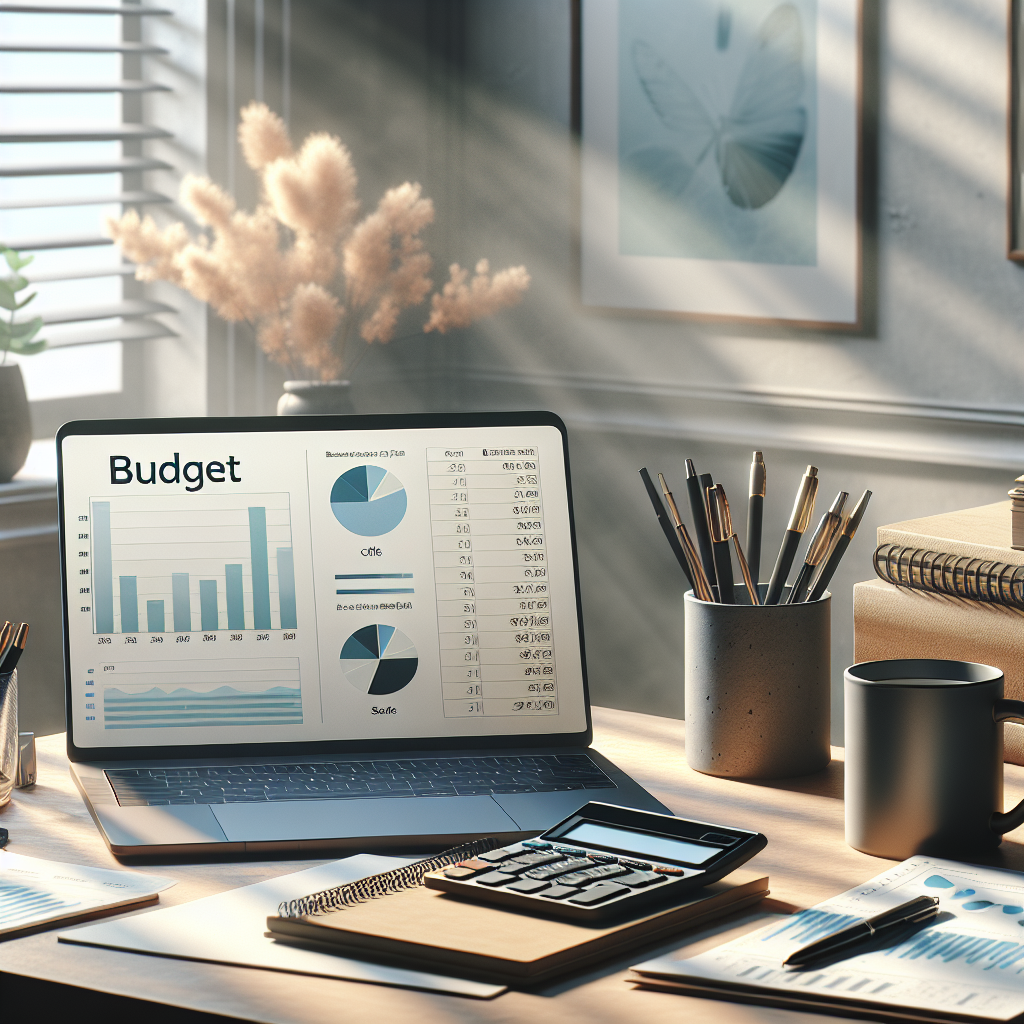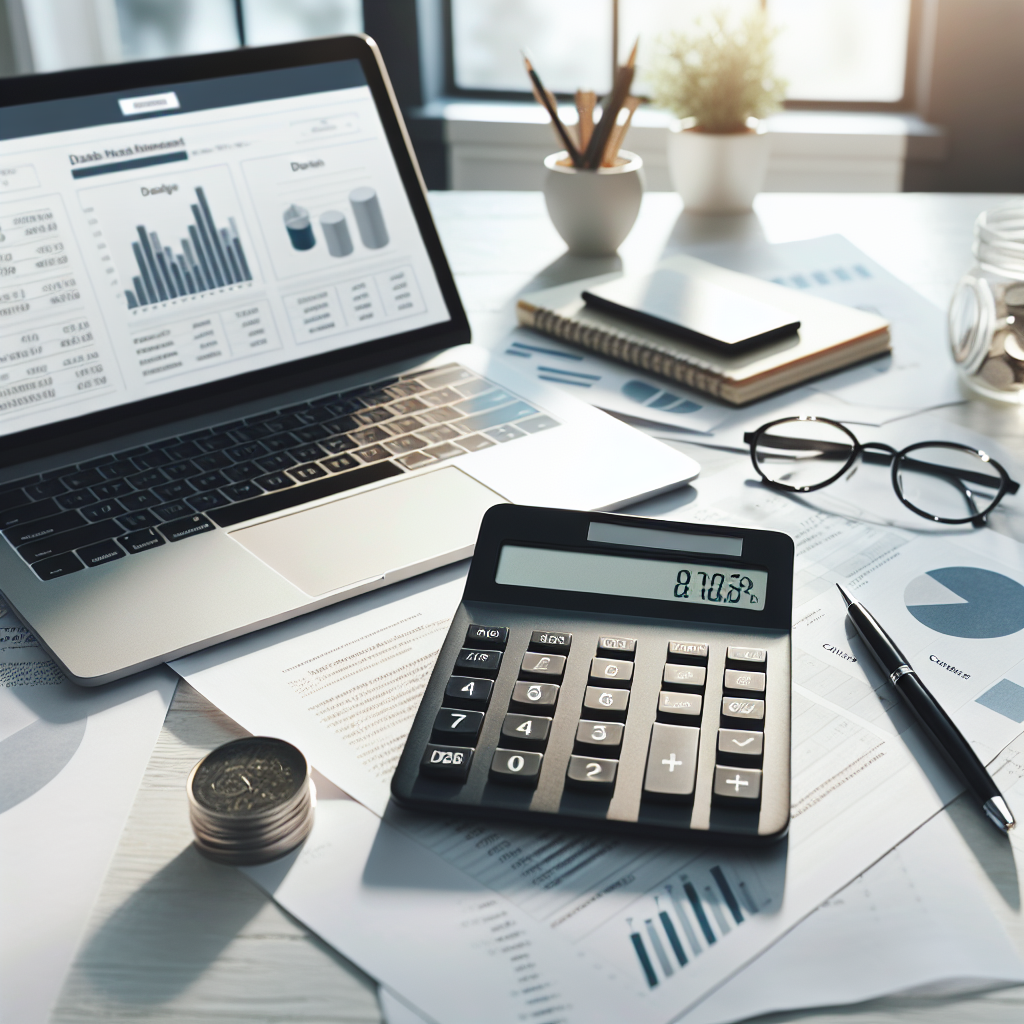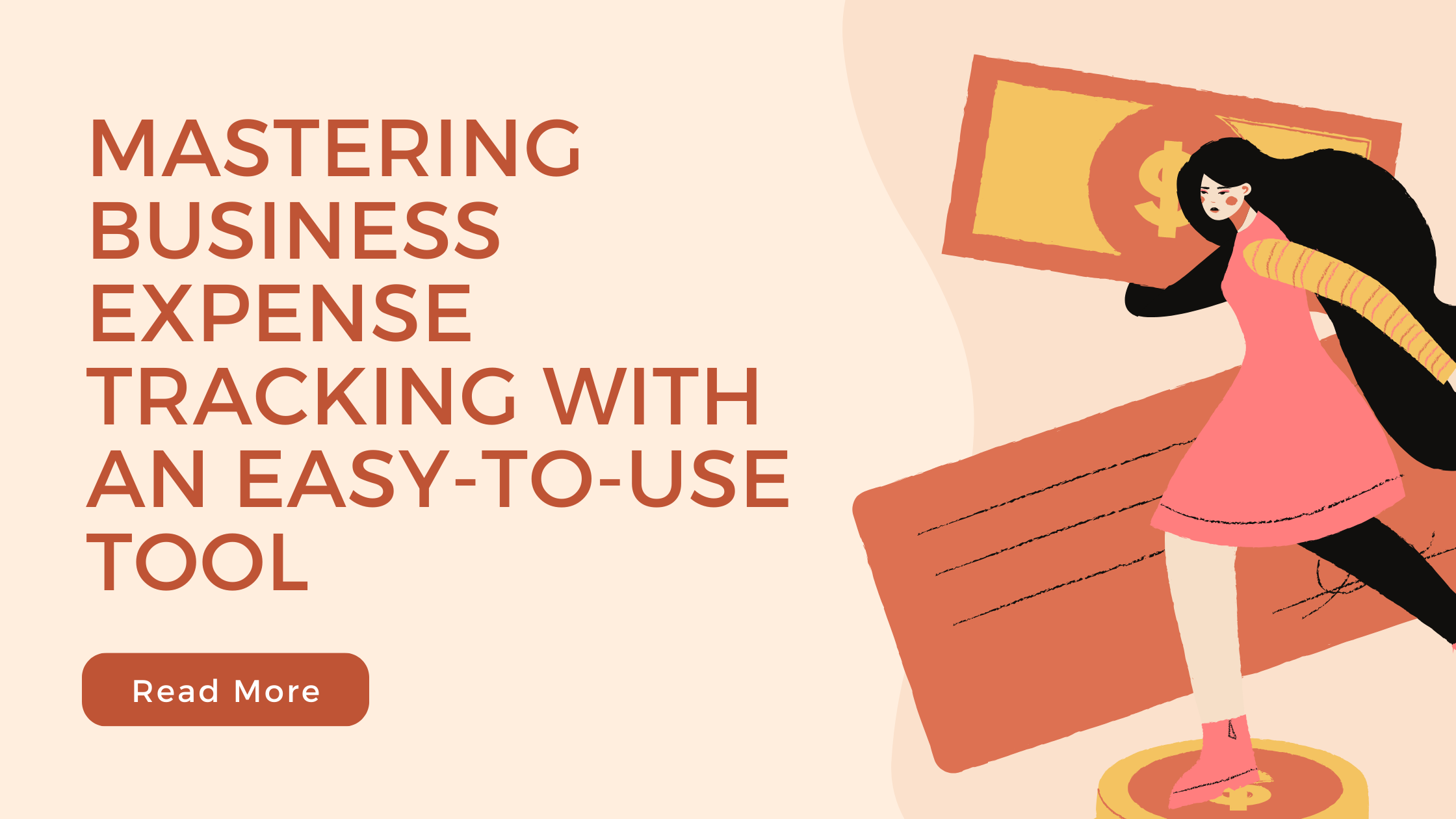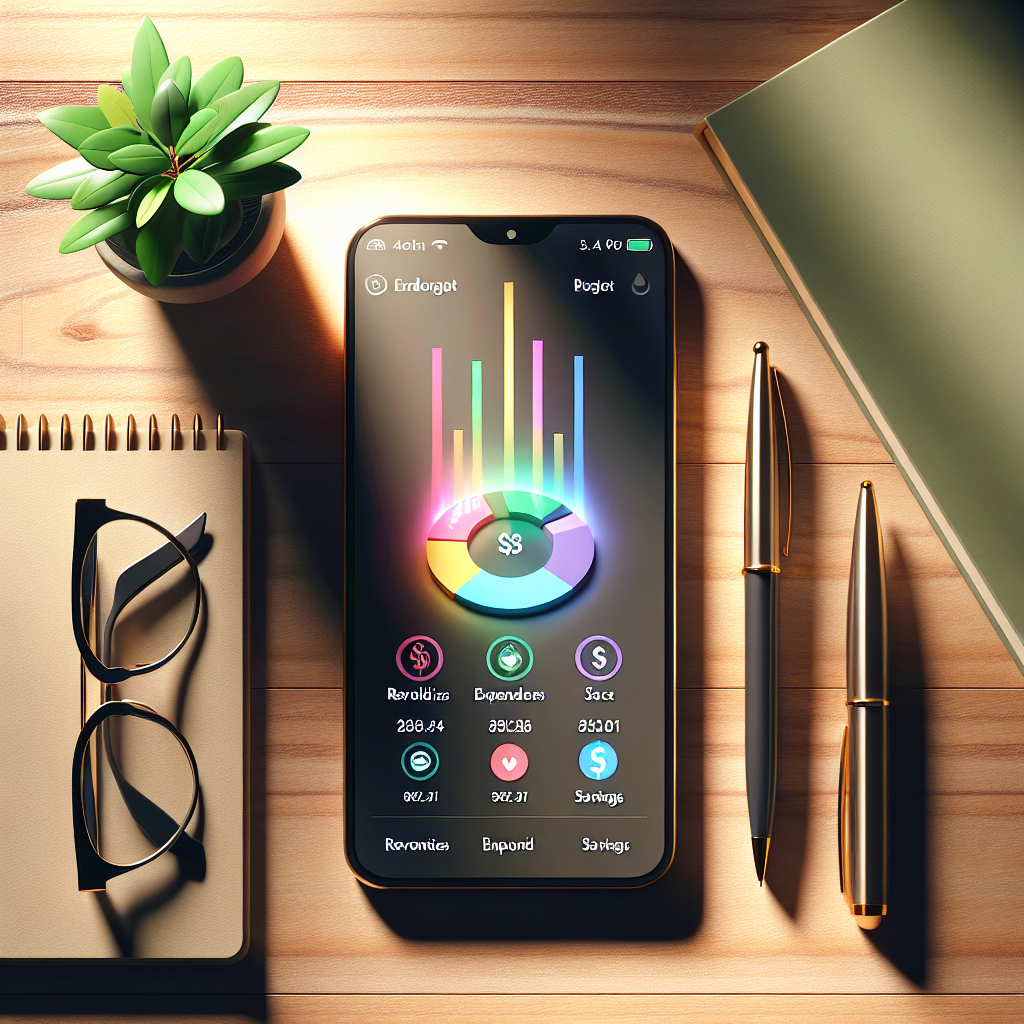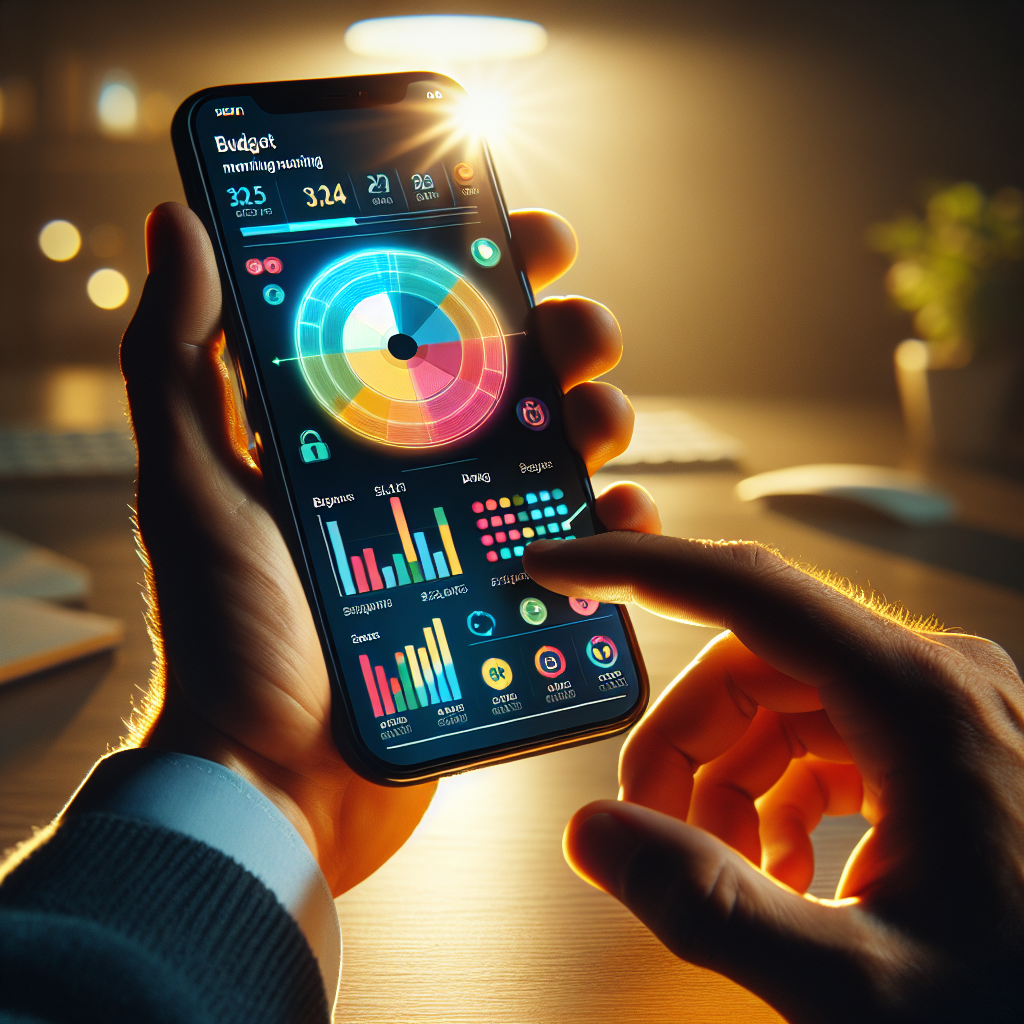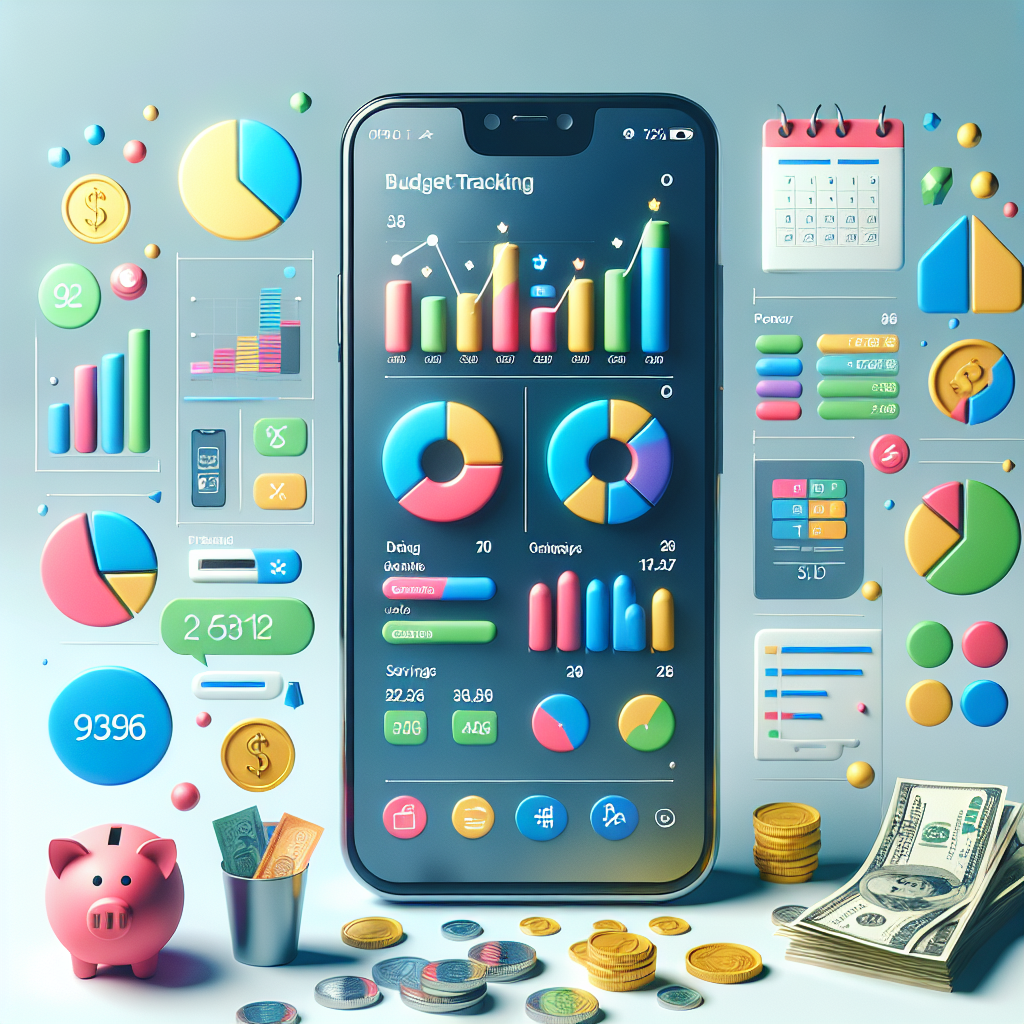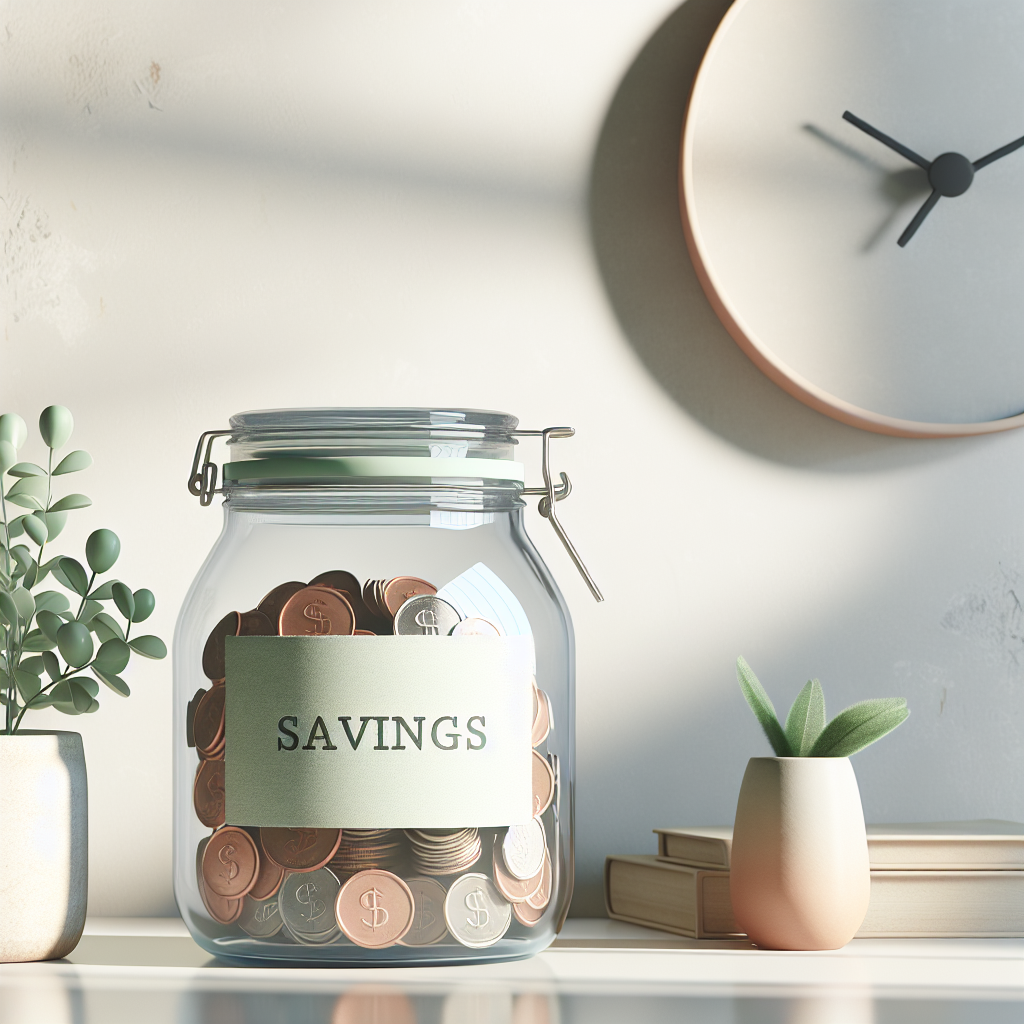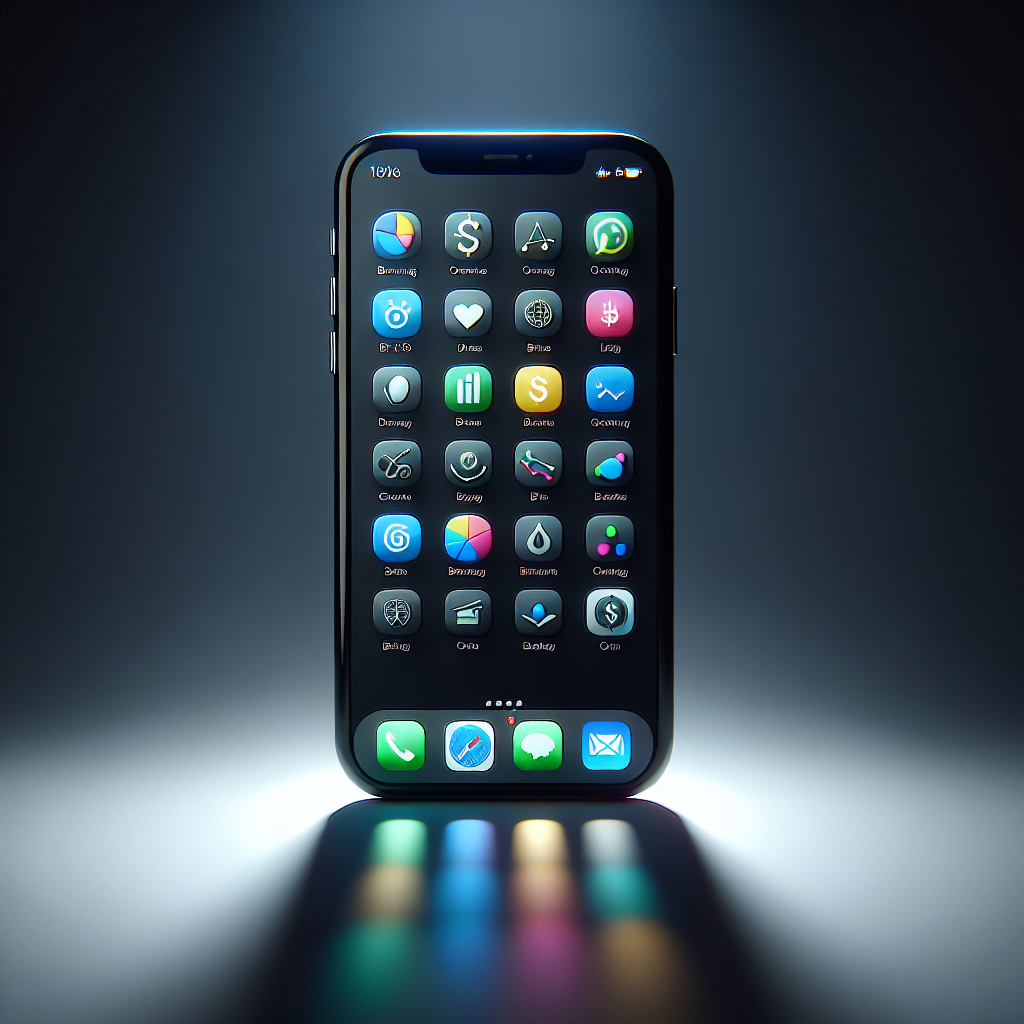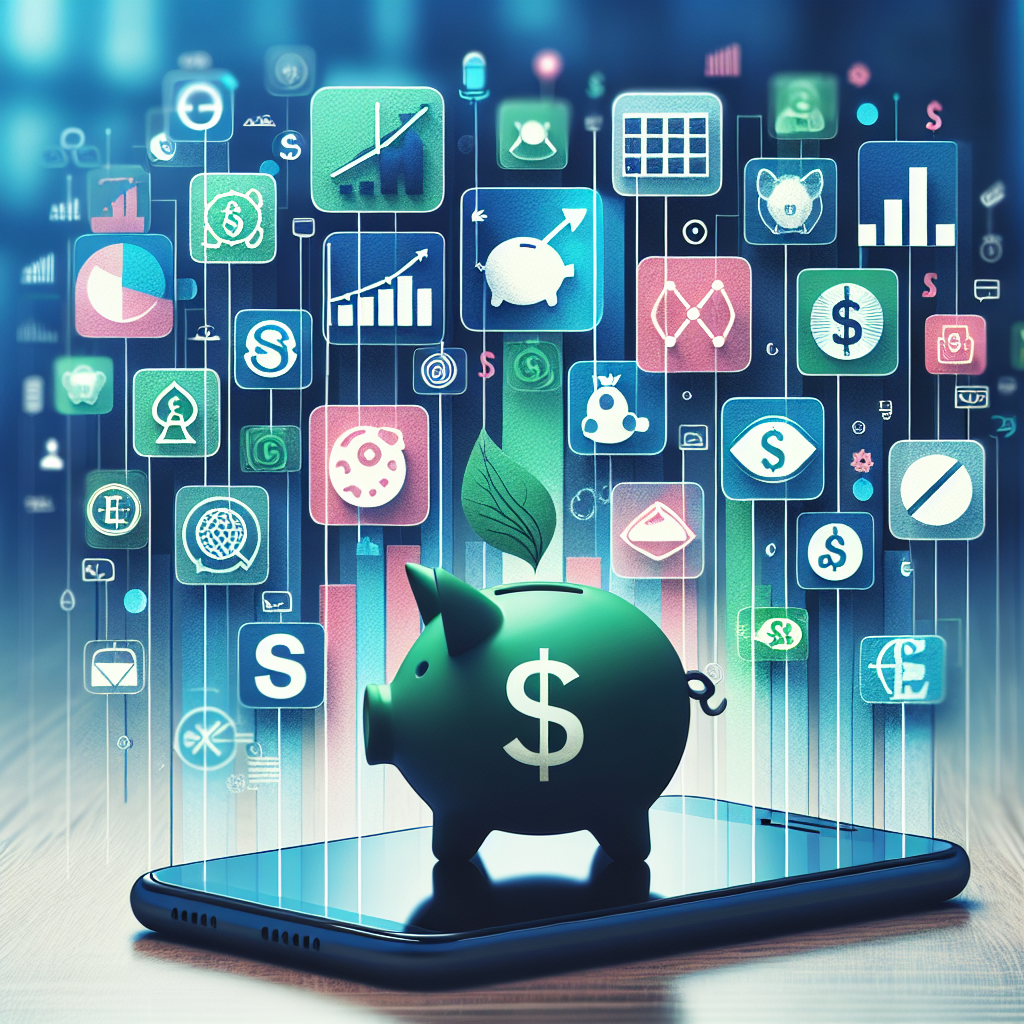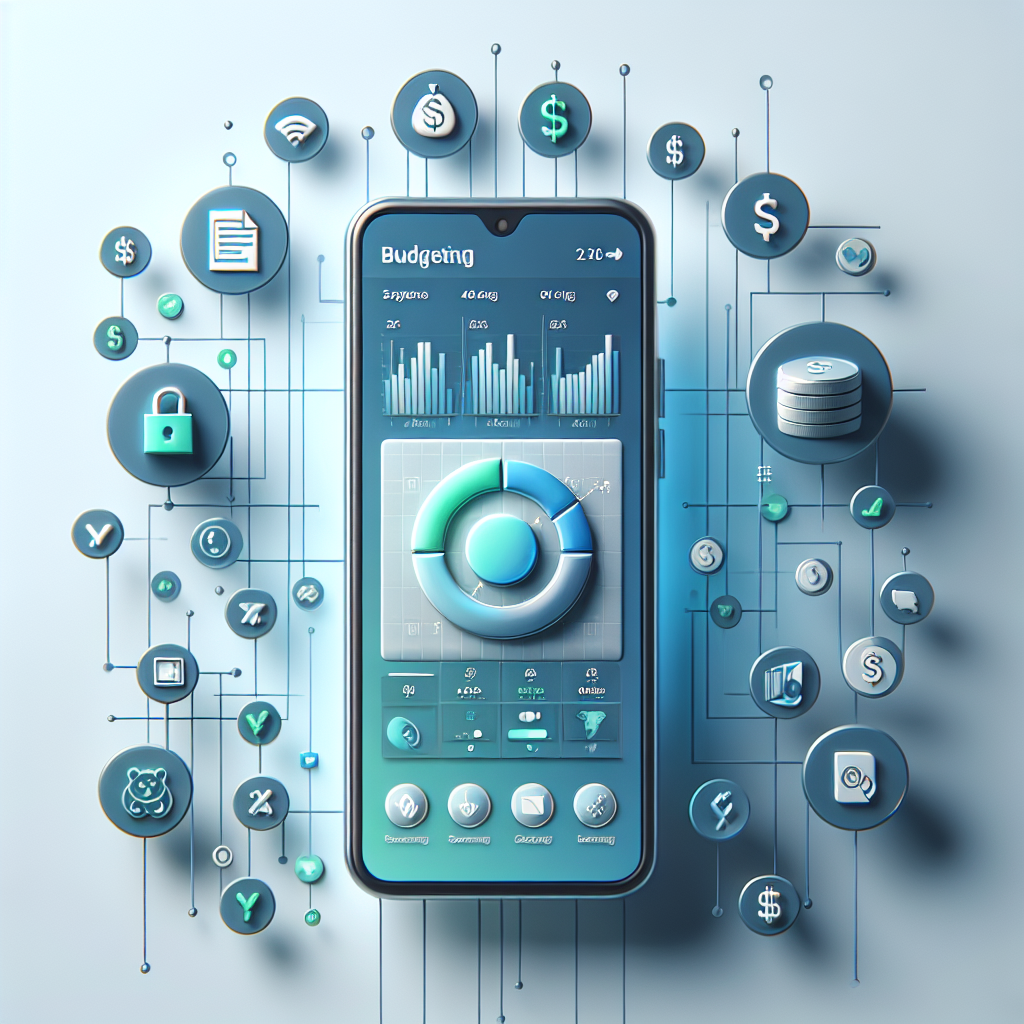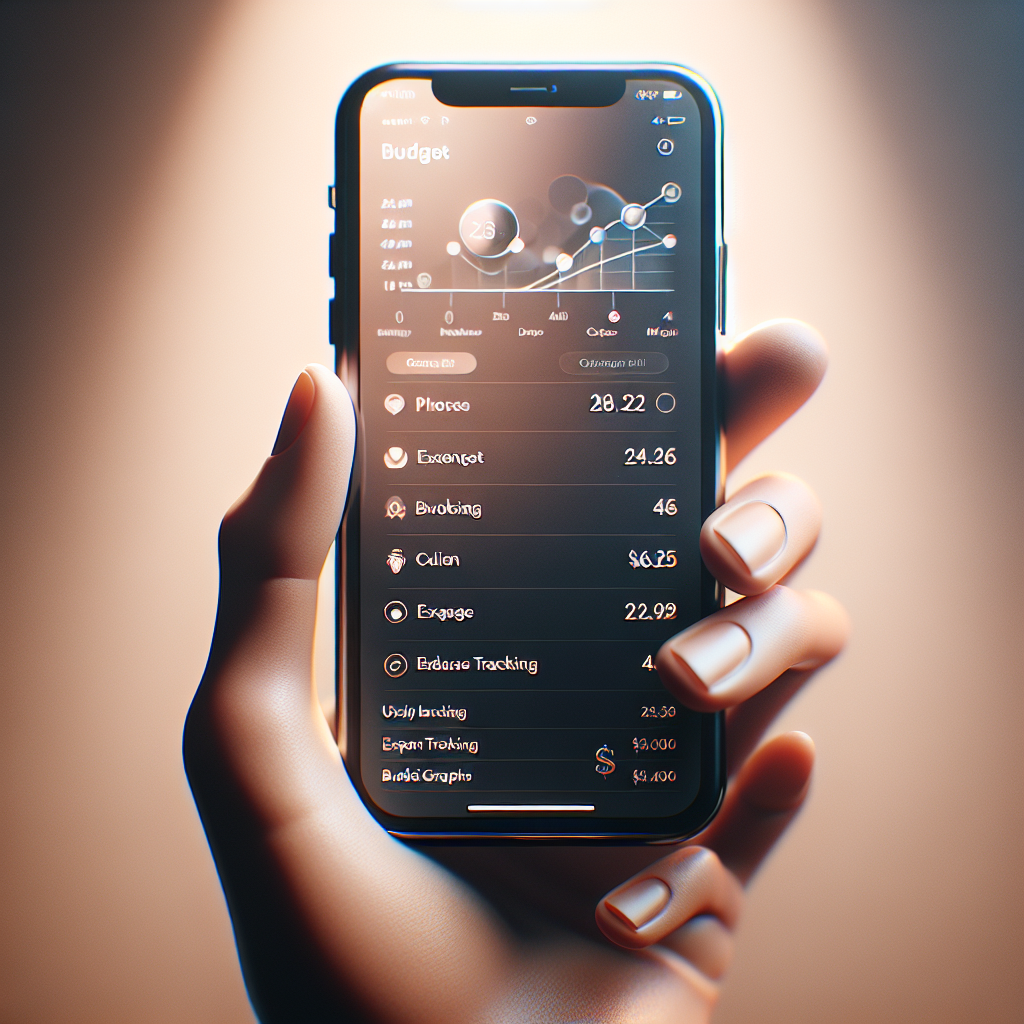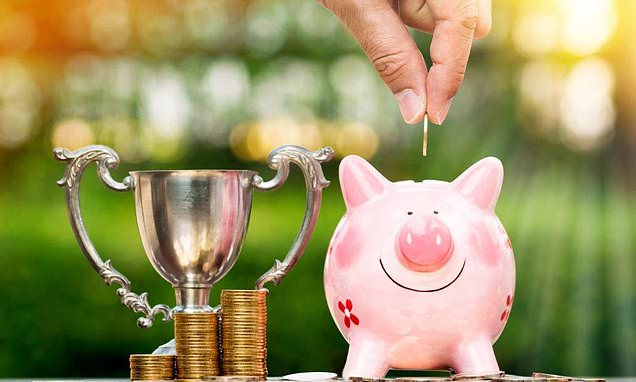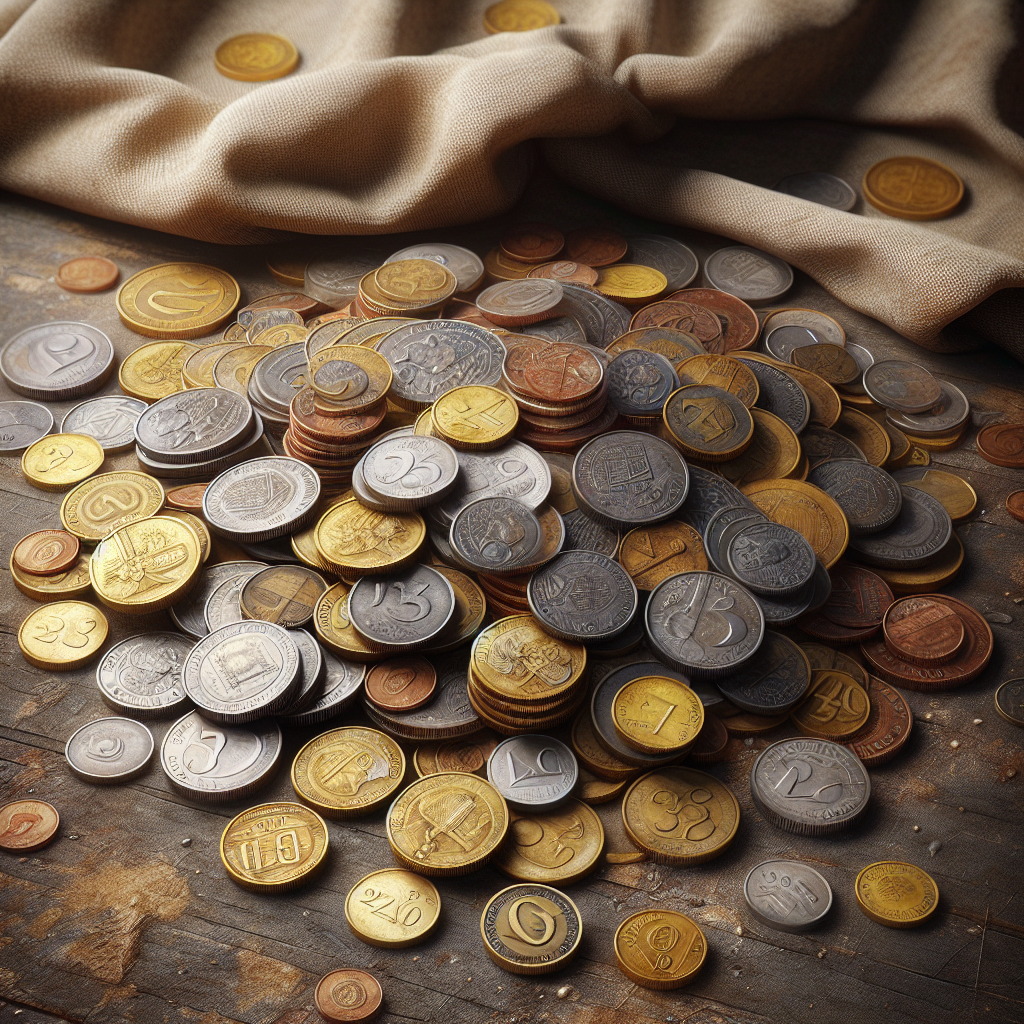This is where a budget planner comes into play. A budget planner is a tool, either digital or physical, designed to help you track income, expenses, and savings. By providing a clear overview of your financial situation, it empowers you to make informed financial decisions and achieve your monetary goals.
Budget planners come in various forms, from simple spreadsheets to sophisticated software applications. Regardless of the format, the core purpose remains the same: to offer a structured approach to managing your finances. With the right budget planner, you can categorize your spending, set financial targets, and monitor your progress over time.
The importance of a budget planner cannot be overstated. It not only helps you keep track of where your money goes but also instills financial discipline. By regularly updating and reviewing your budget, you can identify areas where you might be overspending and make necessary adjustments.
Ready to take control of your finances and experience effortless savings? Download Vala today and start managing your budget with ease!
Importance Of A Budget Planner

Understanding the importance of a budget planner is crucial for anyone aiming to achieve financial stability and growth. A budget planner serves as an essential tool for financial health, offering numerous benefits that contribute to better money management and overall financial well-being.
Firstly, it helps in maintaining a clear record of all your financial transactions. This transparency allows you to see exactly where your money is going, making it easier to identify patterns and areas where you can cut back. By having a detailed view of your income and expenses, you can avoid unnecessary expenditures and allocate your resources more efficiently.
Secondly, a budget planner aids in setting realistic financial goals. Whether you aim to save for a significant purchase, pay off debt, or simply build an emergency fund, a budget planner helps you create a roadmap to reach these objectives. It enables you to break down your financial goals into manageable steps, keeping you motivated and focused.
Moreover, regular use of a budget planner can help in anticipating future financial needs. By forecasting your income and expenses, you can better prepare for upcoming financial obligations, such as bills, loans, or unexpected expenses. This proactive approach minimizes financial stress and enhances your ability to handle financial challenges effectively.
Lastly, a budget planner fosters better financial habits. By consistently tracking your spending and savings, you develop a disciplined approach to managing your finances. Over time, this discipline can lead to improved financial literacy and smarter financial decisions, contributing to long-term financial success.
Key Features Of Budget Planners

When it comes to understanding the key features of budget planners, it’s essential to recognize the tools and functionalities that make them effective in managing your finances. These features are designed to simplify the process of budgeting and help you stay on track with your financial goals.
One of the primary features is *expense tracking*. A good budget planner allows you to record and categorize your expenses, providing a clear overview of where your money is being spent. This feature is crucial for identifying spending patterns and areas where you can cut back.
Another vital feature is *income tracking*. By keeping a record of all your income sources, a budget planner helps you understand your total earnings and ensures that you have an accurate picture of your financial situation. This feature is especially useful for individuals with multiple income streams.
*Goal setting* is another significant component of budget planners. This feature enables you to set short-term and long-term financial goals, such as saving for a vacation, paying off debt, or building an emergency fund. By setting specific, measurable goals, you can create a clear roadmap to achieve them.
Budget planners also often include *budget templates* or customizable budgeting tools. These templates help you allocate your income to various expense categories, such as housing, transportation, and entertainment. By following a predefined template, you can ensure that you’re not overspending in any particular area.
Additionally, many modern budget planners come with *financial forecasting* capabilities. This feature allows you to project your future income and expenses, helping you prepare for upcoming financial obligations and avoid potential shortfalls.
Finally, *reporting and analytics* features provide insights into your financial habits. By generating reports and visualizations, a budget planner can help you understand your spending trends and make informed decisions to improve your financial health.
How To Choose The Right Budget Planner
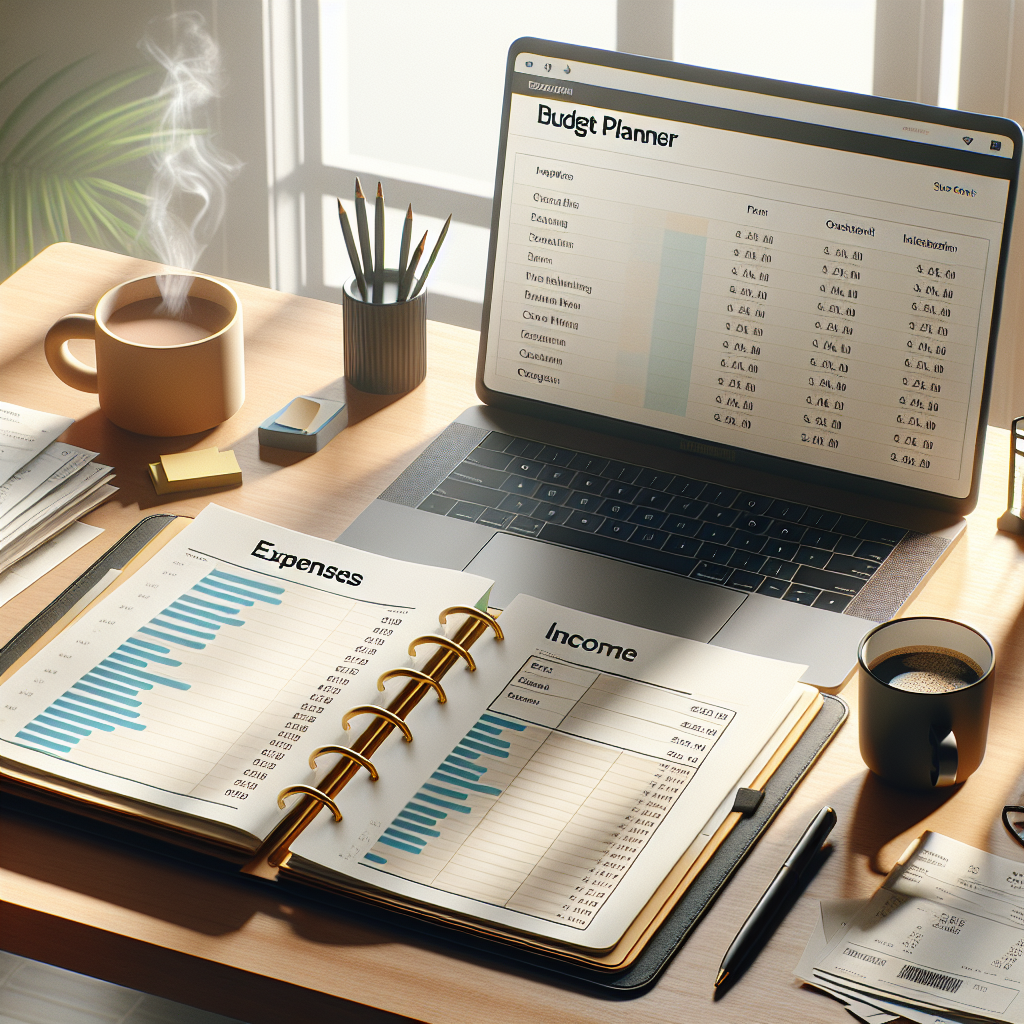
Choosing the *right budget planner* is crucial for effective financial management. With so many options available, it can be overwhelming to decide which one best suits your needs. Here are some essential factors to consider when making your choice:
Firstly, assess your *financial goals*. Are you looking to save for a specific purpose, pay off debt, or simply get a better handle on your monthly expenses? Identifying your primary objectives will help you select a budget planner that aligns with your goals.
Next, consider the *ease of use*. A budget planner should be intuitive and user-friendly, whether it’s a digital app or a physical planner. If the platform is too complicated, you might be less likely to use it consistently. Look for features like drag-and-drop interfaces, easy navigation, and clear instructions.
*Customization options* are also important. Everyone’s financial situation is unique, so a one-size-fits-all approach may not work. Opt for a budget planner that allows you to customize categories, set personalized goals, and adjust templates to fit your specific needs.
Another critical factor is *integration with financial accounts*. A good budget planner should be able to sync with your bank accounts, credit cards, and other financial institutions. This feature ensures that your income and expenses are automatically updated, saving you time and reducing the risk of errors.
Consider the *cost* as well. While there are many free budget planners available, some premium options offer advanced features that might be worth the investment. Evaluate the value you’ll get from a paid planner compared to a free one to determine if it’s a worthwhile expense.
*Reviews and recommendations* can also guide your decision. Look for user reviews and expert recommendations to gauge the effectiveness and reliability of different budget planners. Platforms with high ratings and positive feedback are generally more trustworthy.
Lastly, think about the *support and resources* provided. A budget planner with excellent customer support, detailed tutorials, and helpful resources can make a significant difference in your budgeting journey. These features can aid in troubleshooting and help you maximize the planner’s potential.
By carefully considering these factors, you can choose a budget planner that will help you manage your finances effectively and achieve your financial goals.
Benefits Of Using A Budget Planner
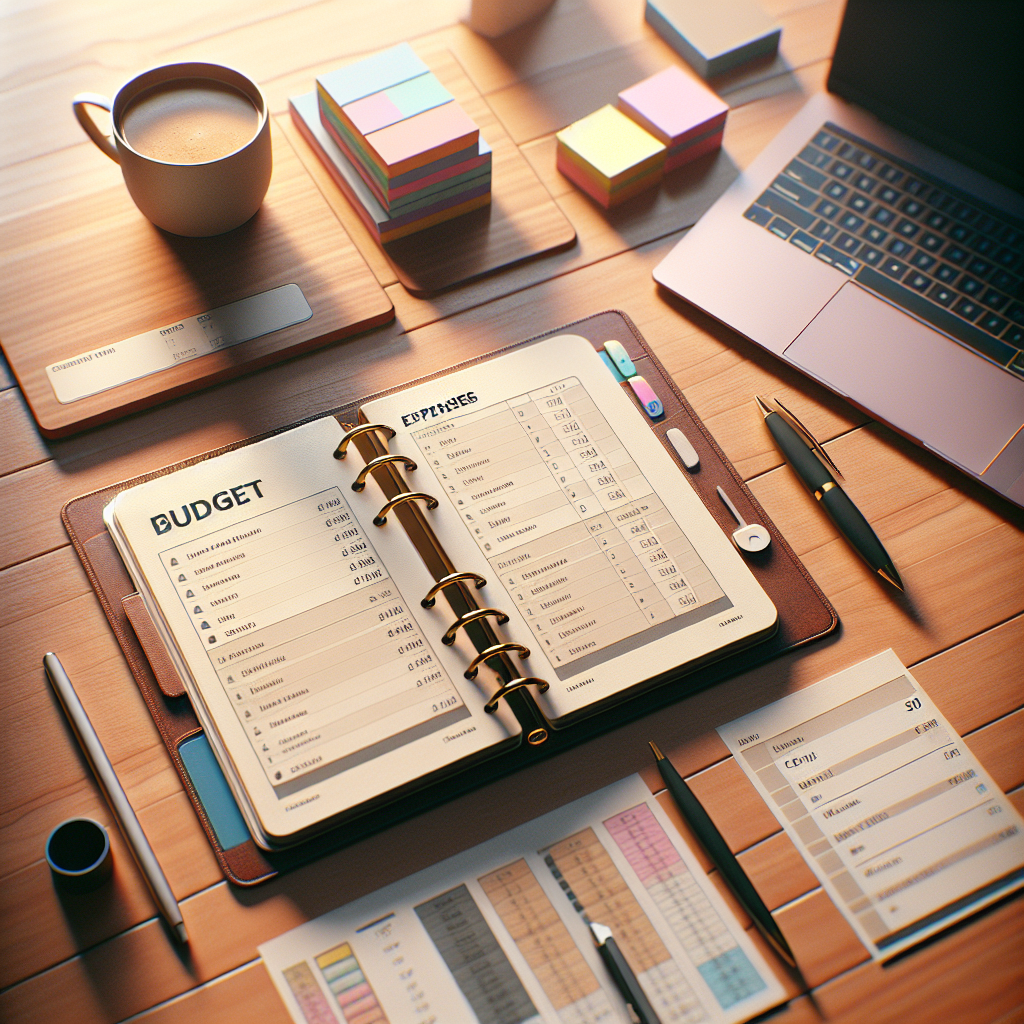
Using a *budget planner* offers numerous benefits that can significantly enhance your financial well-being. Whether you’re an individual trying to manage personal finances or a small business aiming for better financial oversight, a budget planner is an invaluable tool. Here are some key benefits:
Firstly, a budget planner helps in *tracking income and expenses*. By documenting all sources of income and categorizing expenses, you gain a clear understanding of where your money is going. This visibility is crucial for identifying spending patterns and areas where you can cut costs.
Another major advantage is *goal setting*. A budget planner allows you to set both short-term and long-term financial goals. Whether you’re saving for a vacation, a new car, or building an emergency fund, a budget planner helps you stay focused and motivated to achieve these goals.
*Improved financial discipline* is another benefit. When you have a structured plan in place, it becomes easier to adhere to your budget. This disciplined approach helps in reducing impulse purchases and encourages mindful spending, ensuring that you live within your means.
Budget planners can also assist in *debt management*. By keeping track of your debts, payment schedules, and interest rates, you can devise a strategy to pay off debts more efficiently. This can lead to significant savings on interest payments and a quicker path to becoming debt-free.
Furthermore, a budget planner provides *financial security*. Knowing exactly where your money is going and having a plan for unexpected expenses can alleviate financial stress. This preparation helps in building a cushion for emergencies, thereby providing peace of mind.
For small businesses, a budget planner offers *better financial oversight*. It helps in monitoring cash flow, forecasting future expenses, and making informed financial decisions. This can lead to improved profitability and sustainable growth.
Additionally, many modern budget planners come with *analytical tools* that provide insights into your financial habits. These tools can generate reports and visualizations that help you understand your financial health better and make data-driven decisions.
Lastly, using a budget planner fosters a sense of *accomplishment and control*. As you track your progress and see improvements, you’ll feel more empowered and confident in your financial management skills.
In summary, a budget planner is more than just a tool for tracking expenses; it’s a comprehensive solution for achieving financial stability and success.
Tips For Effective Budget Planning
Effective budget planning is crucial for achieving financial stability and reaching your financial goals. Here are some practical tips to help you make the most out of your budget planner:
First and foremost, *set realistic goals*. Whether it’s saving for a vacation, paying off debt, or building an emergency fund, your goals should be specific, measurable, achievable, relevant, and time-bound (SMART). This will help you stay focused and motivated.
Next, *track every expense*. The key to successful budget planning is knowing exactly where your money is going. Make it a habit to record all your income and expenses, no matter how small. This will give you a clear picture of your spending habits and help you identify areas where you can cut back.
*Prioritize your spending*. Not all expenses are created equal. Categorize your expenses into needs and wants. Make sure your needs, such as rent, utilities, and groceries, are covered first before allocating money to your wants, like dining out or entertainment.
Another essential tip is to *review and adjust your budget regularly*. Life is unpredictable, and your financial situation can change. Regularly reviewing and adjusting your budget ensures that it remains relevant and effective in helping you achieve your financial goals.
To make your budget planning more efficient, *use technology*. Budgeting apps and online tools can simplify the process by automatically tracking your expenses, generating reports, and providing insights into your financial health. These tools can save you time and effort while ensuring accuracy.
*Save for emergencies*. An emergency fund is a financial safety net that can cover unexpected expenses, such as medical bills or car repairs. Aim to save at least three to six months’ worth of living expenses in an easily accessible account.
*Be disciplined and consistent*. Sticking to your budget requires discipline and consistency. Avoid impulse purchases and stay committed to your financial goals. Remember, every small step counts towards achieving your larger financial objectives.
Finally, *celebrate your progress*. Acknowledge and reward yourself for meeting your financial milestones. This positive reinforcement can keep you motivated and committed to your budget planning journey.
Ready to take control of your finances and experience effortless savings? Download Vala today and start managing your budget with ease! Visit https://www.valapoint.com.
